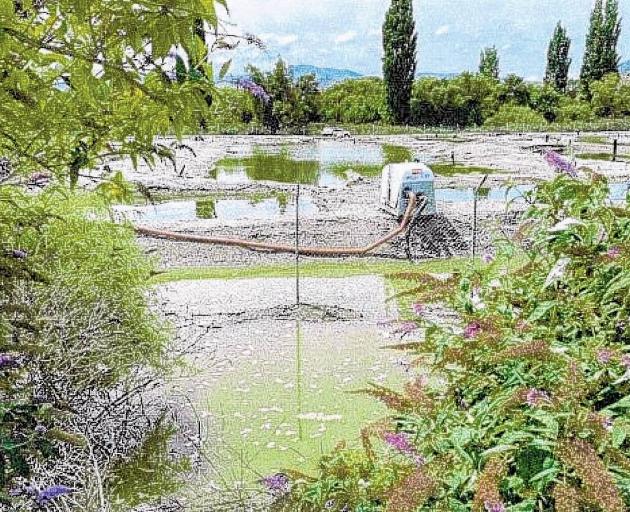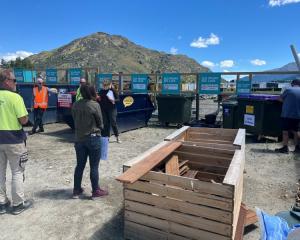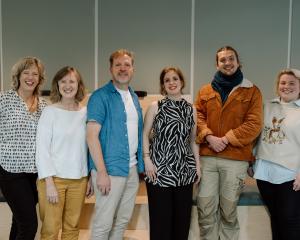
Otago Regional Council (ORC) principal compliance specialist Shelley Reed described in a sworn statement a series of visits to the Shotover Wastewater Treatment Plant since 2021 ahead of Environment Court proceedings against the Queenstown Lakes District Council (QLDC) over the operation of the plant.
Environment Court Judge John Hassan this week released sworn affidavits of Ms Reed and four others related to the case.
Ms Reed said at first it was believed treated wastewater was being discharged from the site, but by December 2023 concerns around the ‘‘under-treatment’’ of the discharges also emerged.
Her account included sampling from wastewater ponding outside the plant’s disposal field showing ‘‘extremely high’’ levels of Escherichia coli and total suspended solids.
On one visit, a discharge from the plant created a 100m by 3m pond of contaminated water near the Twin Rivers Trail cycle path, and then a ‘‘crust’’ of sludge after the pond receded.
Ms Reed described seeing ‘‘small red invertebrates’’ swimming in water that was supposed to have been treated.
She described the catastrophic failure of a bund holding back a pond of wastewater discharged from the plant.
And she described how a pipe installed at the site last year spread a ‘‘small river’’ from the plant on to the Shotover River Delta.
‘‘The effluent was about halfway up my gumboots in some places.
‘‘I was surprised at how bad the discharge had got.
‘‘There had been no notification from QLDC [or plant operator] Veolia that it was this bad.’’
Other documentation released by the court included correspondence between the ORC and QLDC that showed after a 2021 abatement notice was issued due to the issues with the plant’s disposal field, the QLDC asked for and received eight extensions to comply.
The last one extended the deadline to November 30 last year, but that too was not met.
In his evidence, Mott MacDonald technical director David Hume said there were ‘‘two key issues’’ at the plant — the deterioration of the functioning of the disposal field and the deterioration in the quality of the effluent concentrations.
An upgrade at the plant was under way that would provide further treatment to 2048, he said.
And when in place, it would resolve the issue of high solids loading to the disposal field, but only ‘‘late’’ this year.
Mott MacDonald senior engineering geologist Tobias Zaege said the disposal field was failing due to its ‘‘hydrogeological setting and its design choice’’.
He said the focus should be on preventing overflows from the disposal field rather than the ponding in it.
He said changing the treatment plant’s resource consent conditions should be considered.
Earlier this week, an Environment Court official said she understood dates for mediation had been proposed to both parties, but said she could not comment further.












